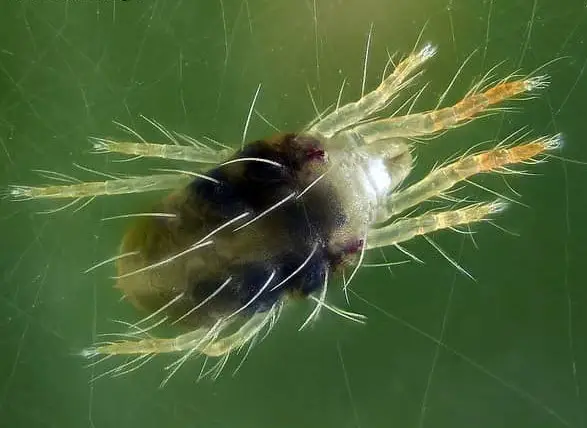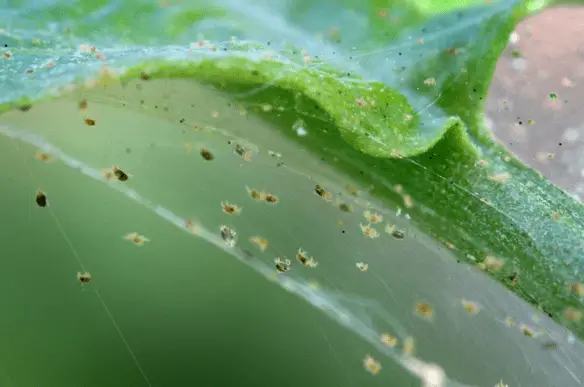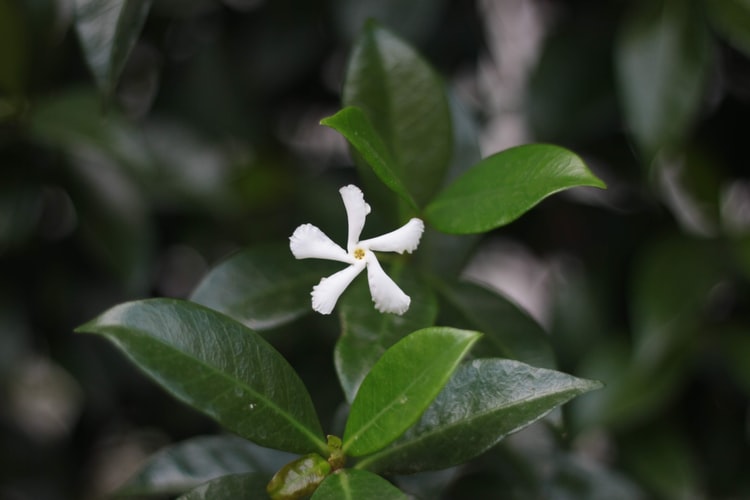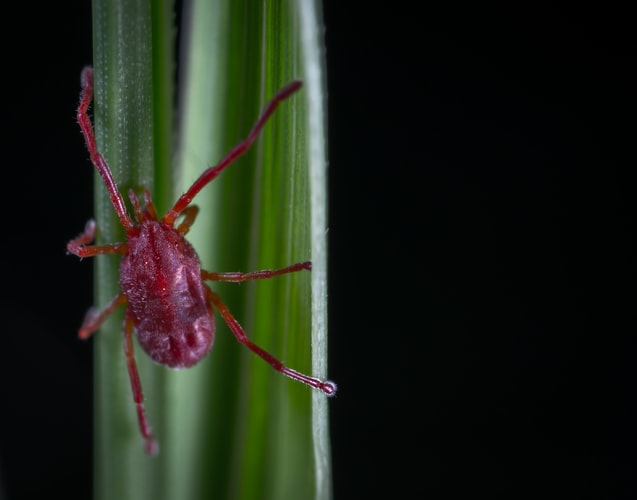What causes the jasmine leaves to drop? What to do when your jasmine leaves start to drop? These two questions are more popular than you think. Jasmine is a wonderful plant that can be grown indoors and outdoors. It is able to survive when it is taken care of properly.
In most cases, the leaves drop due to environmental factors. However, there are other different factors that lead the jasmine leaves to drop. All jasmine require the same type of care, but some are more low-maintenance than others.
Some jasmine varieties tend to drop leaves during the fall and bloom again during spring, which is totally normal. Some other varieties are evergreen, meaning, they are green all year long.
In this article, I will introduce to you the causes of the jasmine leaf drops, how to treat them, and how to prevent them from happening ever again!
Related Article: Most Common Jasmine Diseases & Treatment Tips
Table of Content
What Causes Jasmine’s Leaves To Drop
1. Too much water will lead the plant to distress. Too much water can kill a plant. When a puddle is created near your jasmine plant, it will affect the respiration of the root system and cause root rot. This will not allow any nutrients to be supplied and, eventually, leads the leaves to drop.
2. Too little water will also lead the plant to distress, and therefore, the leaves will fall. When the jasmine is low on water, the roots will not be able to move and absorb the nutrients from the soil. In this case, the leaves will die and fall.
3. Temperature is another huge factor for leaf drops. Low temperatures below 40°F (5°C) will stop the growth of the plant and make the leaves fall. If you have your plant in a pot, consider moving it to a warm place during winter. However, if you have it planted outdoors, there is not much you can do to protect it. However, cold weather will not kill your plant. Most likely it will revive during spring.
4. Light can also be a reason why your jasmine leaves are falling. All jasmine types like sunlight. Sufficient scattered light is required when growing. If you plant your jasmine in a dark place, most likely, your plant will turn yellow and eventually die.
5. Leaf drops can also be a reaction to unhealthy growth. Not providing enough nutrients or using the nutrients excessively can lead the leaves to drop and to even more serious problems.
6. The size of the pot is small.
7. Some pests and insects, such as scale insects, may cause the leaves to fall.
What To Do To Treat Jasmine Leaf Drops
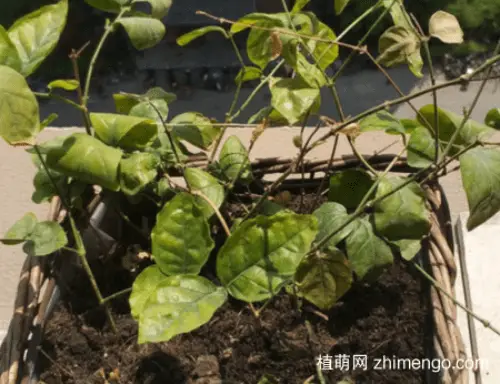
Now that we know the cause of fallen leaves, let’s take a look at how to treat this issue and save our beloved jasmine plant.
Related Article: How to Grow and Care for a Jasmine Plant
1. Water Management
If you think your plant is having water issues then start a water management process. Now, if you think the cause of your leaves dropping is a lack of water, just start watering your plant regularly with decent amounts of water (not too much where you would create a puddle).
However, if you believe your plant is suffering from excessive watering, allow your plant to dry out completely before creating a watering schedule for your plant. You will also need to create a drainage system for your plant which will allow the extra water to drain out of the soil around your plant.
If you have a potted jasmine plant, this would be easier to recover. All you need to do is carefully change the potting soil and replace it with new fresh fertilized soil and start managing your watering schedule properly.
I wrote an entire article about When & How to Replant Jasmine in full detail. You can check that by clicking on this text.
2. Light
If you doubt that what is causing your plant’s leaves to fall is light, consider moving it to a brighter place at first where it can get 16 hours of sunlight, and then move it to any other bright place to get a decent amount of light a day.
An important note
Do not move your plant under a strong light all of sudden. This can cause the leaves to burn. Leaf burning is a dangerous condition that can be noticed when the leaves discolor as if they were burned. And we all know that anything that is burned cannot be restored.
In order to avoid this and prevent your plant from getting damaged, move the jasmine gradually to a brighter place for a few days. You need to be careful, especially during a high-temperature period when the risk of leaf burning is increased.
Example: Indoor ⇒ Outdoor shade (for about a week) ⇒ Outdoor half shade (for about a week) ⇒ Outdoor sunny place.
3. Temperature
As I mentioned above, jasmines tend to lose their foliage during low temperatures of 40°F (5°C). It would be best for your plant to place in an environment of 50°F (10°C) and above.
Conclusion
Maintaining Jasmine’s health is a really easy task. It is a low-maintenance plant and does not require much attention. However, that does not mean we can just have it around and ignore its needs.
If your jasmine is facing this issue, just follow those simple recovering steps I mentioned above and your jasmine should go back to its healthy state within 2 weeks.

